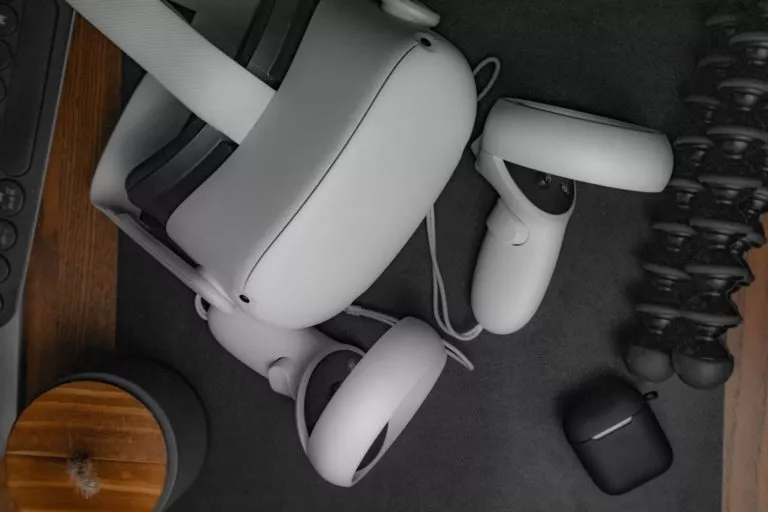
As we roll through 2022, it’s time for our annual ritual of synthesizing the lessons from recent history and formulating the outlook for the near term. The past year has been action-packed for spatial computing as the world gradually emerges from the grips of a pandemic.
The past year was also marked by the emergence of metaverse mania. Though it has legitimate principles and promise, the term has been ambiguated through overuse. It’s also been overhyped in terms of the timing of its arrival. A fully-actualized metaverse is decades away.
Beyond the metaverse, AR and VR continue to be defined by steady progress in several areas. We’re talking mobile AR engagement & monetization; AR marketing and commerce; continued R&D in AR glasses; enterprise adoption; and the gradual march of consumer VR.
So where is spatial computing now, and where is it headed? What’s the trajectory of the above subsegments? This was the topic of a report from our research arm, ARtillery Intelligence. Entitled Spatial Computing: 2021 Lessons; 2022 Outlook, it joins our report excerpt series.
Spatial Cousin
This report so far has focused mostly on AR. But what about its spatial cousin, VR? The short version of VR’s state of the union is that it represents a promising technology in gaming, entertainment, and some enterprise functions. But its traction is more gradual than revolutionary.
We recently estimated in our global VR forecast that sector revenue will grow from $4.48 billion in 2020 to $22.4 billion in 2025, a 37.9 percent compound annual growth rate (CAGR). This consists of consumer ($5.67 billion in 2021) and enterprise spending ($3.44 billion in 2021).
Consumer spending is driven by gaming’s lead as a VR use case. VR conversely has valuable but relatively-narrow use in enterprise settings due to its sensory immersion that compromises factors like safety, social presence, and ergonomics. But it’s proving effective as a training tool.
In the aggregate, VR unit sales were inflected in 2021 for a few reasons. After declining about 10 percent in 2020 due to Covid-inflicted supply-chain impediments, aggregate VR hardware unit sales rebounded. This was also the first full year that Meta’s Quest 2 was on the market.
Indeed, Quest 2 continues to be a VR market propellant. Meta has priced the device’s base model competitively at $299 – a loss-leader pricing play that follows its longer-term strategy to build a network effect in VR, and to gain an early-mover advantage in the metaverse.
Magic Number
One of Meta’s goals is to reach 10 million in-market VR units. This is the magic number where there’s critical mass to attract content developers en masse. The thought is that an eight-figure installed base presents financial incentive for developers to catalyze an ecosystem.
In other words, as those financially-motivated developers flock to a given platform like osmosis, it results in greater content libraries that attract more users, which in turn attract more developers. It’s a classic flywheel effect, and one that VR needs. Or as Mark Zuckerberg has stated:
The big question is: what is it going to take for it to be profitable for all developers to build these large efforts for VR? To get to that level, we think that we need about 10 million people on a given platform. That’s the threshold where the number of people using and buying VR content makes it sustainable and profitable for all kinds of developers. And once we get across this threshold, we think that the content and the ecosystem are just going to explode. Importantly, this threshold isn’t 10 million people across all different types of VR. Because if you build a game for Rift, it doesn’t necessarily work on Go or PlayStation VR. So we need 10 million people on [one] platform.
So when will Meta reach 10 million units? We estimate Quest 2’s cumulative sales at 7.32 million at the end of 2021. Keep in mind that this defines the installed base of in-market units, which is different than (and builds faster than) period unit sales. The latter was about 5 million last year.
At its current pace, we estimate that Meta will reach 10 million units – including in-market Quest 1 and 2 headsets – during the first half of 2022. That means it’s imminent if it hasn’t already happened. The big question is if Meta will trumpet that milestone or keep it close to the vest.
We’ll pause there and circle back next week with another report excerpt to go deeper on another sub-segment of the spatial computing spectrum…






